When shopping for a robot vacuum, you’ll come across all sorts of words and phrases that might sound strange. For instance, when looking specifically at the batteries, they’ll typically come with an mAh rating.
Today, we’re going to go over what mAh stands for and why it should affect your purchase decision.
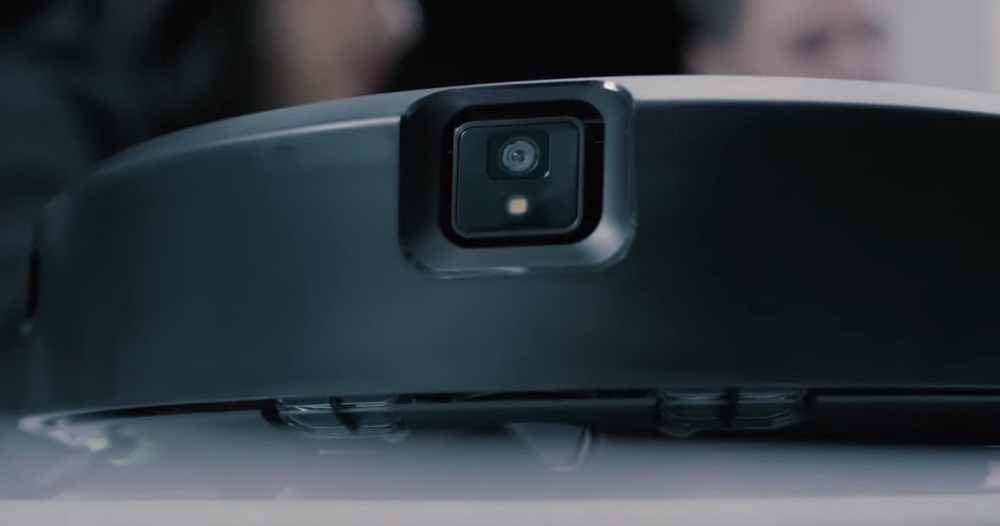
What Is mAh?
mAh (milli-Amp hour) is a unit that measures electrical power over a period of time. You’ll find that it’s used to describe the capacity of a rechargeable battery—i.e., how much of a charge a battery can hold. The higher the mAh rating of the battery is, the longer the battery can power a device, generally speaking.
So, to illustrate this idea, a battery with a 3,000-mAh rating can outlast a 2,500-mAh battery when powering identical devices. When both batteries are used to power a 100-mA (milli-Amp) device, the 3,000-mAh battery can last for 30 hours, whereas the 2,500-mAh rechargeable battery is limited to 25 hours per charge.
Does mAh Affect Power Output?
This is a common misconception people have regarding mAh ratings. As described earlier, the mAh rating solely indicates a battery’s charge capacity, not how much power it exerts.
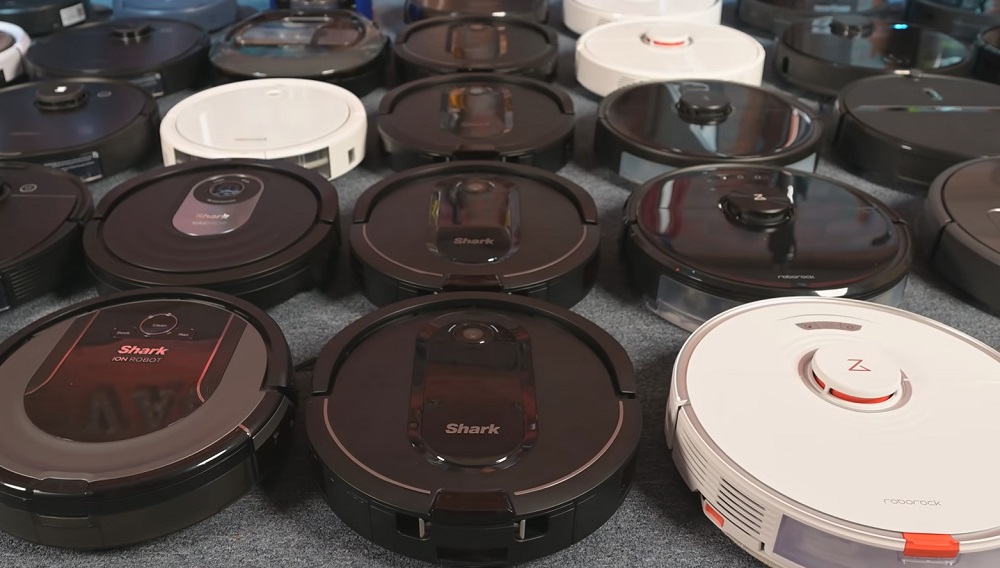
So, using the same 3,000-mAh vs. 2,500-mAh example earlier, when both batteries are used to power identical devices, they’ll perform identically to each other.
Why mAh Matters in Robot Vacuums
Now that we’ve gotten the basics out of the way, we can get down to the crux of the matter. Robot vacuum cleaners draw power from rechargeable batteries—typically Li-Ion batteries. The batteries power an internal motor that produces the suction power needed to remove grit and debris off of floors.
It will also supply power to the robot’s motherboard, which then activates its series of sensors (obstacle sensors, cliff sensors, cameras, infrared lasers) to scan its environment and to create the most efficient cleaning path (if applicable).
Do you recall how the mAh rating will determine how much of a charge the battery can hold? A beefier battery, or a battery with a higher mAh rating, will generally power a robot vacuum cleaner for longer. Doing so will allow your robot to clean a wider area of your floors before needing to return to its dock to recharge.
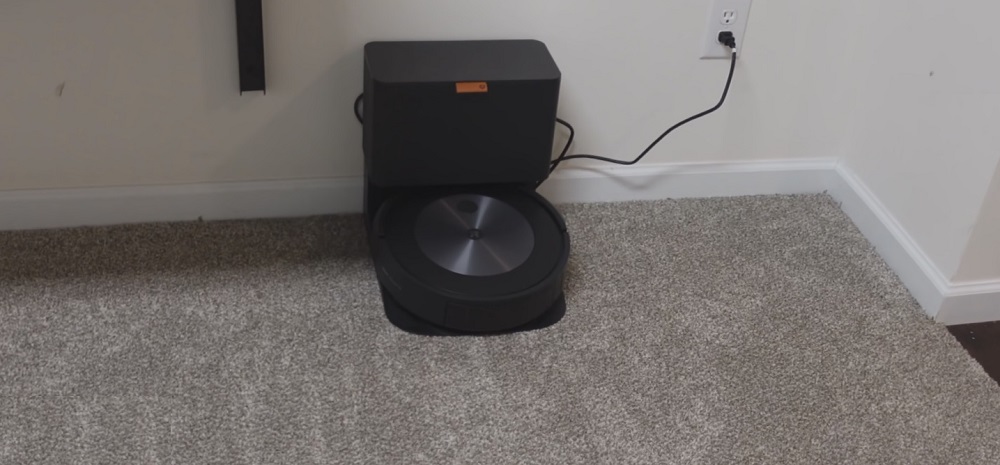
What mAh Should I Aim for?
So, let’s discuss how big of a battery your robot vacuum needs. Please note that when we say big, we’re referring to the mAh rating of a vacuum cleaner. With that in mind, is there a set rating you should look for when shopping for a robot vacuum?
Not necessarily. In general, you’ll find older robots, or robots that don’t come with state-of-the-art navigation software and sensors, typically come with tinier batteries of between 2,000 and 3,000 mAh.
On the other end of the newness spectrum, by which we mean recently released models, you’ll typically find that they sport beefier batteries of upwards of 4,000 mAh.
How Much Runtime Should I Expect from a Robot Vacuum?
Runtime refers to how long a robot can operate per fully charged battery, which is usually denoted in minutes. On average, entry-level or aged robots have a maximum runtime of around 60 minutes while running on a 2,000-3,000-mAh battery.
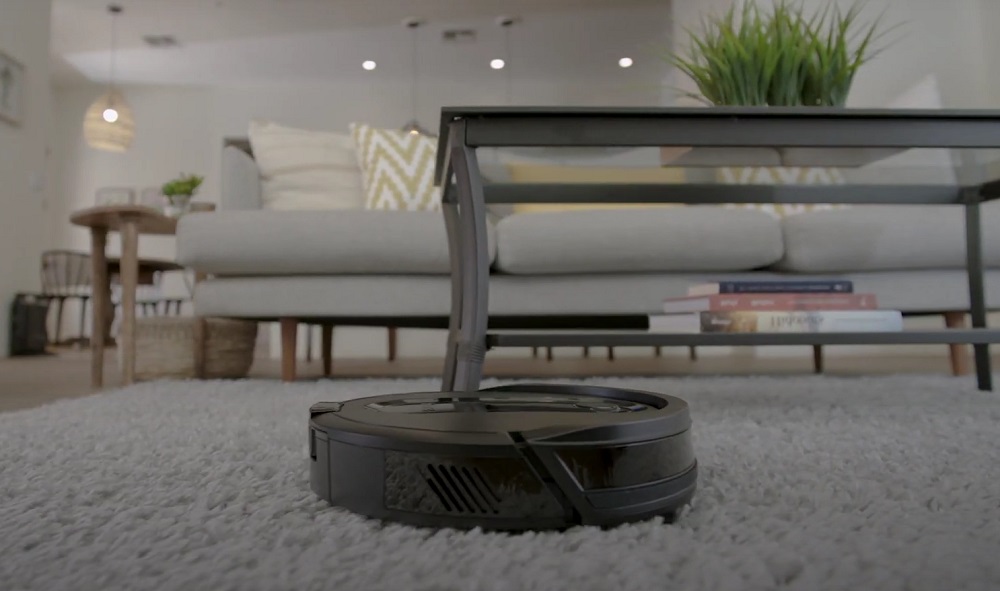
As for flagship models with larger batteries, their runtimes range from between 60 minutes and 180 minutes, depending on how large of a battery it comes with.
What some users have found somewhat disappointing in newer models is this: despite coming with sizable batteries, their runtimes are sometimes equal to that of lower-end robots. How is that so?
Earlier, we mentioned how various sensors and navigation lasers consume battery power, right? Well, those features and functions are behind less runtime per charge, despite the robot’s battery being larger than in low-end models.
The more functions the robot has to perform, the more power it consumes. And without a proportionally larger battery to compensate for higher power consumption, you’ll find a disproportionate runtime rating in many newer robot vacuum models.
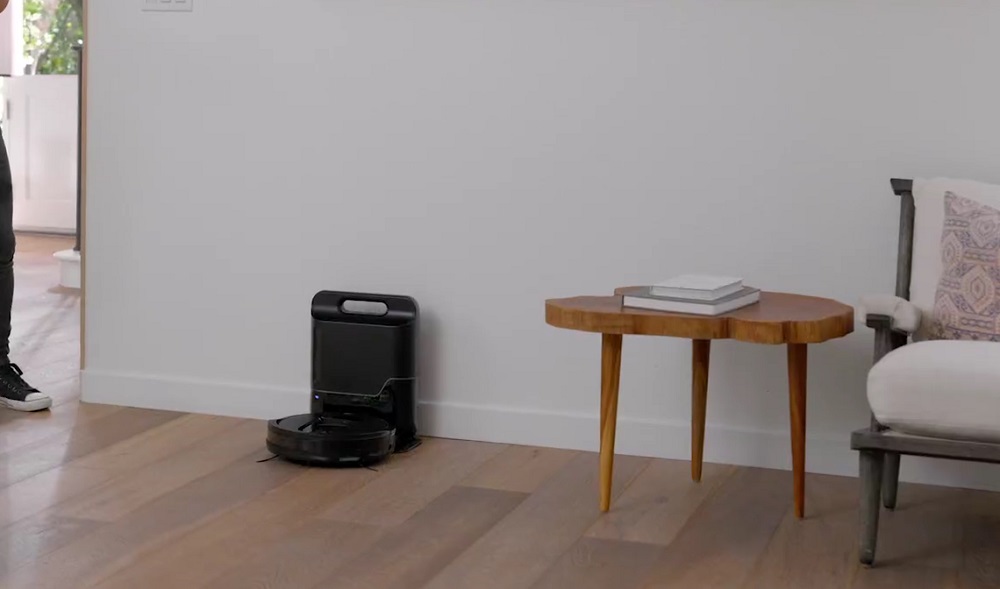
So, Does mAh Truly Matter?
Well, yes and no. Yes, in terms of how much your robot vacuum can clean per charge. Ideally, you’ll want a robot that can cover every square inch of your home before running out of power, so it definitely matters in this sense.
On the other hand, since newer robots come with auto-recharge and auto-resume functions, the maximum runtime per charge of your robot is nearly completely irrelevant.
The auto-recharge function forces the robot to make a beeline for its charging station when it detects it doesn’t have enough charge to complete an entire vacuuming cycle. After fully recharging its battery or recharging just enough to complete its task—depending on the robot model—the robot will resume precisely where it left off.
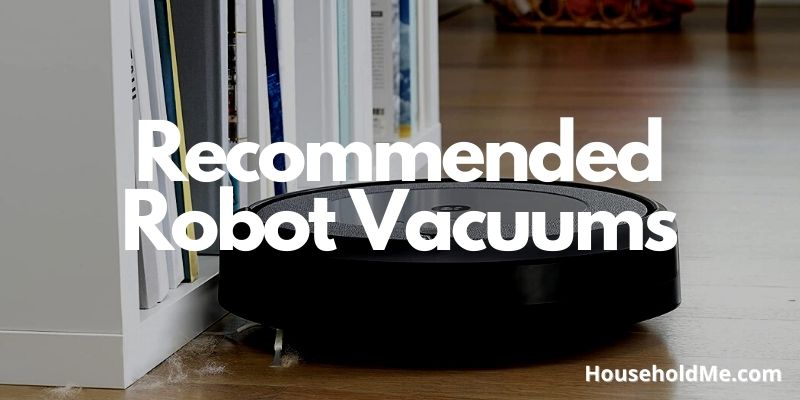
If you have any questions or comments, please add them below in the comment section. Similarly, please let us know if you spot any mistakes or omissions. Thanks!
